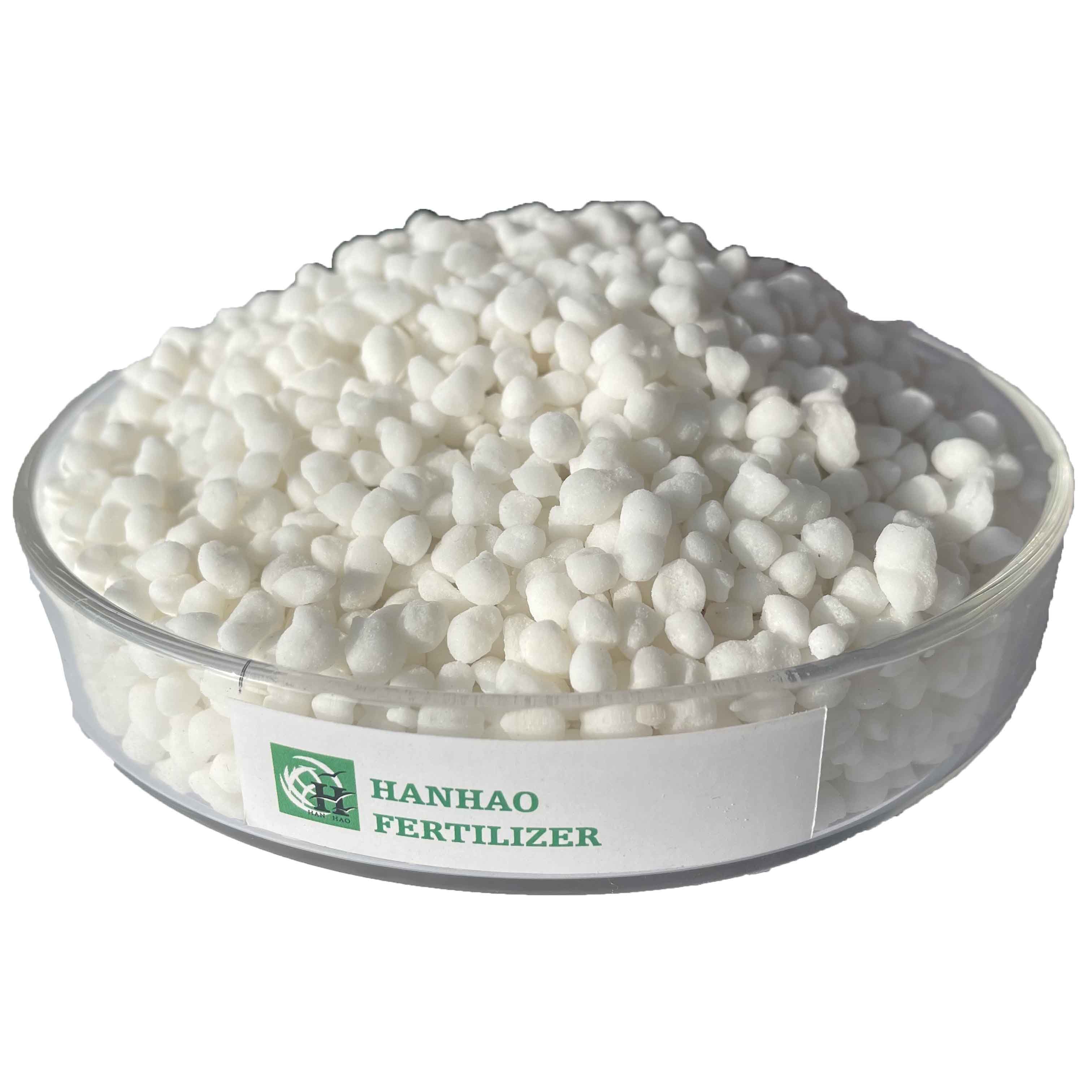
दिसम्बर . 12, 2024 15:20 Back to list
Understanding the Properties and Uses of Monoammonium Phosphate in Agriculture and Industry
Mono Ammonium Phosphate An Essential Compound in Agriculture and Industry
Mono ammonium phosphate (MAP) is a widely used chemical compound that plays a significant role in agriculture and various industrial processes. Its chemical formula, NH4H2PO4, indicates that it is a double salt composed of ammonium and phosphate ions. MAP is a white crystalline solid that is highly soluble in water, making it an effective source of both nitrogen and phosphorus, two essential nutrients for plant growth.
Agricultural Applications
One of the most prominent uses of MAP is in fertilizers. In agriculture, nitrogen and phosphorus are critical macronutrients that support plant growth and enhance crop yield. MAP serves as a concentrated source of these nutrients, allowing farmers to boost productivity effectively. When applied to soil, MAP dissolves and releases ammonium and phosphate ions, which plants readily absorb. This facilitates better root development, flowering, and fruiting stages.
MAP is particularly advantageous because it has a neutral pH, which minimizes the risk of soil acidification—an issue commonly associated with some other phosphate fertilizers. Additionally, its high nutrient content means that lower application rates can achieve the desired results compared to many other fertilizers. This efficiency can lead to reduced environmental impact due to lower runoff and the potential for fewer applications throughout the growing season.
Industrial Uses
mono ammonium phosphate

Beyond agriculture, mono ammonium phosphate has several industrial applications. It is commonly used as a flame retardant in various materials, including textiles, plastics, and foams, due to its ability to inhibit combustion. Furthermore, MAP is utilized in the production of animal feed additives, helping to ensure that livestock receive adequate nutrition for health and growth.
In the food industry, MAP can be used as a leavening agent in baking. Its properties encourage the production of carbon dioxide, which contributes to the rising of dough, making it an essential ingredient in many baked goods. Additionally, it serves as a nutrient sourcve in certain food processing applications.
Environmental Considerations
Despite its benefits, the use of mono ammonium phosphate is not without controversy. The over-application of phosphates in agriculture has been linked to water pollution issues such as eutrophication, where excess nutrients run off into water bodies, leading to harmful algal blooms and degradation of aquatic ecosystems. Sustainable practices, including careful nutrient management and integrated soil fertility practices, are necessary to mitigate these risks while still harnessing the benefits of MAP.
Conclusion
In conclusion, mono ammonium phosphate is an essential compound that has found its place in both agriculture and a variety of industrial applications. Its role as a fertilizer has made it a favorite among farmers seeking to increase crop yield and efficiency, while its uses in other industries highlight its versatility. However, the environmental challenges associated with its use require careful consideration and management. By embracing sustainable practices, the agricultural community can continue to benefit from MAP while protecting the environment for future generations. As we advance technologically and strive for a balance between productivity and sustainability, mono ammonium phosphate will likely remain a critical component of our toolkit in both farming and industry.
-
10 10 10 Fertilizer Organic—Balanced NPK for All Plants
NewsJul.30,2025
-
Premium 10 10 10 Fertilizer Organic for Balanced Plant Growth
NewsJul.29,2025
-
Premium 10 10 10 Fertilizer Organic for Balanced Plant Growth
NewsJul.29,2025
-
Premium 10 10 10 Fertilizer Organic for Balanced Plant Growth
NewsJul.29,2025
-
50 Pound Bags of 13-13-13 Fertilizer for All Plants – Bulk & Organic Options
NewsJul.28,2025
-
High-Efficiency 15-30-15 Granular Fertilizer for Healthy Crops
NewsJul.28,2025
